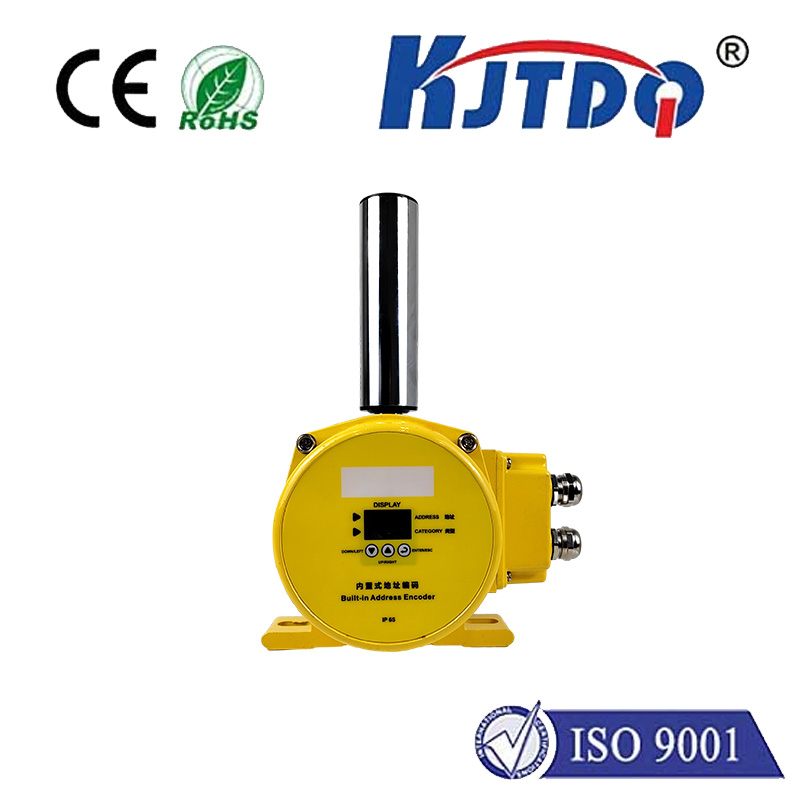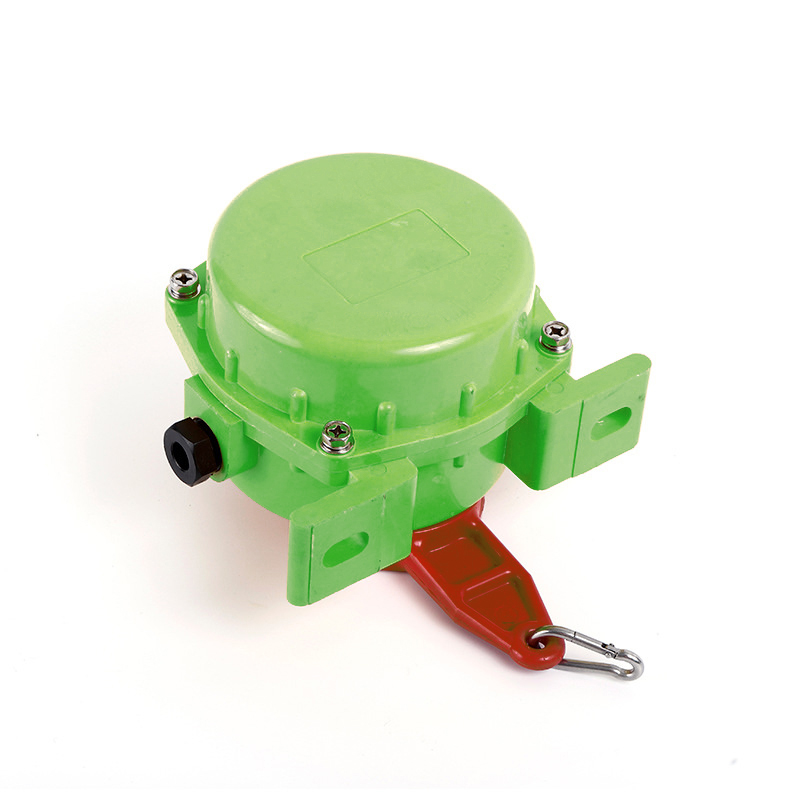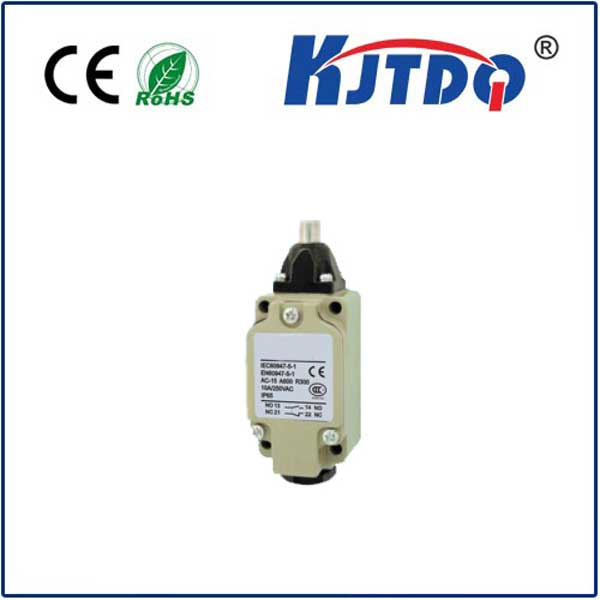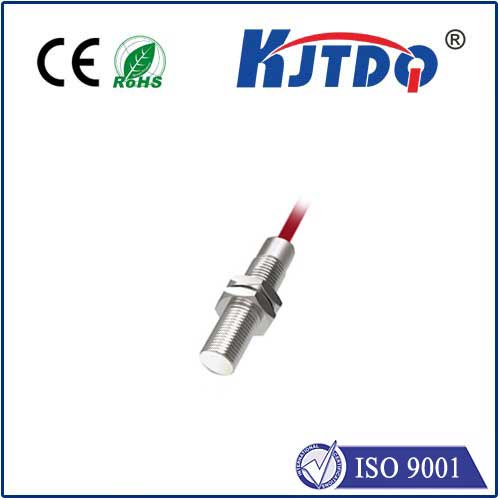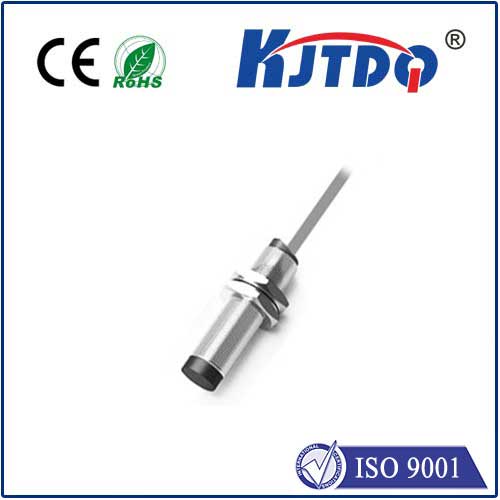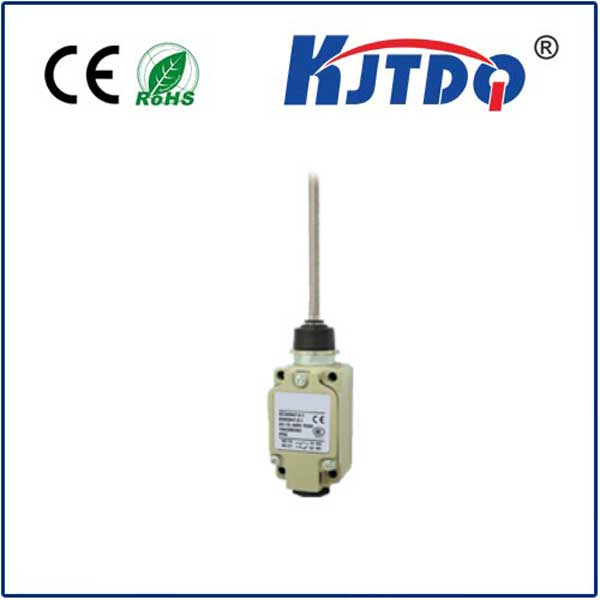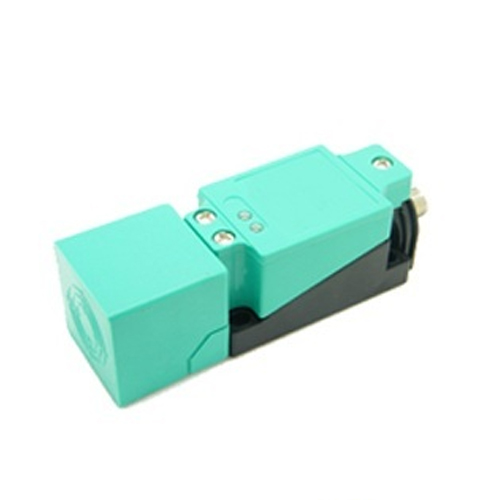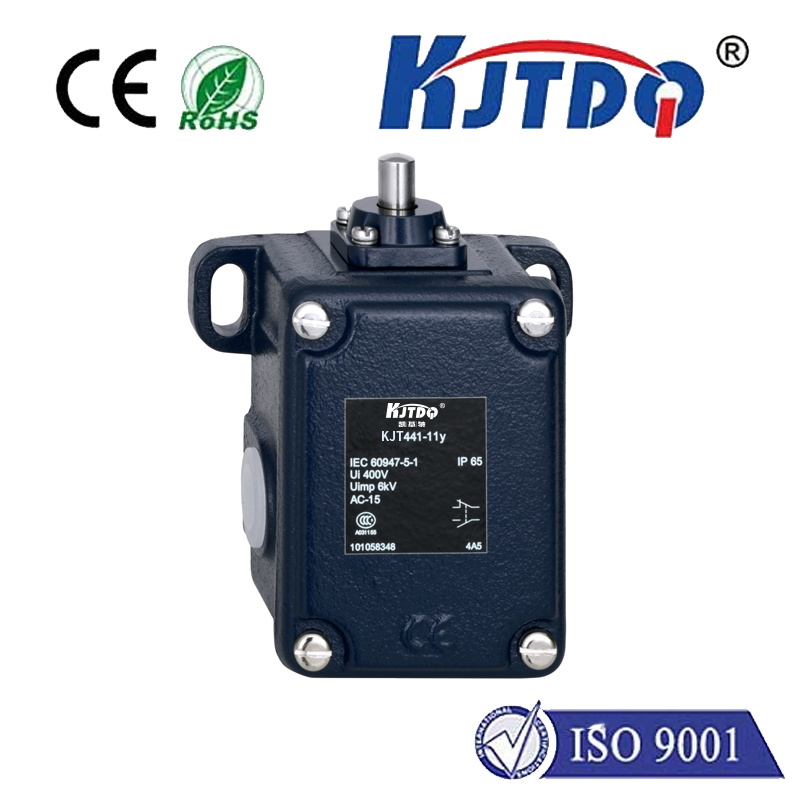

check

check

check

check

check

check

check

check

check

check
The Internet of Things (IoT) has changed the way we live and work, making our lives more comfortable, safer and more efficient.
At the heart of IoT are sensors that collect valuable data from the environment and transmit it to other devices connected to the Internet. One such type of sensor is the magnetic induction sensor, which plays a vital role in several IoT applications.
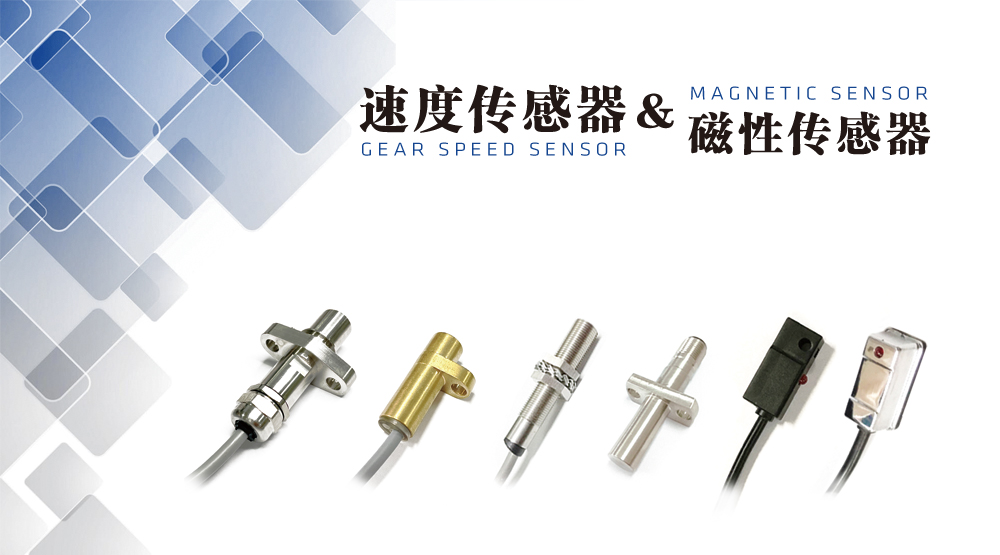
Wireless technology updates and iterations allow low-cost, low-power SoC (system on chip) to support multiple wireless protocols, such as Bluetooth, Zigbee, Z-Wave and ANT+. With these SoCs, developers can design sensing devices for use in homes, businesses, factories, etc., as well as devices implanted or implanted in humans and animals that can sense their surroundings and transmit data over the Internet - such devices Often called IoT (Internet of Things) devices.
Commonly used types of magnetic induction sensors in IoT devices:
Three types of magnetic induction sensors commonly used in IoT devices are: TMR (tunnel magnetoresistance) sensors, bare reed switches, and Hall sensors.
Practical application cases of magnetic induction sensors:
1. Proximity sensing: For example, the door and window anti-theft function of a home security system. When the door or window is opened, the sensor will detect changes in the magnetic field and wirelessly transmit the status to the security system base station.
2. Speed measurement: Magnetic sensors are also often used to record the rotation speed of wheels and instruments. For example, in factory settings, flow meters that measure liquid flow usually use magnetic sensors to sense the rotation of the impeller; on bicycles, magnetic sensors Calculate wheel and crankshaft rotation data.
3. Measuring liquid level: Magnetic induction sensors are also used to measure liquid level. These sensors can sense the float - detect the change of the float with the liquid level to measure the liquid level. They are often used for liquid detection in beverage factories, pharmaceutical production, etc. Industries in need.
The Internet of Things is a major development trend in the future, and sensors are the most important part of it! In industrial production, the overall purpose of the Internet of Things is to help enterprises produce efficiently and safely. At the same time, in daily life, it also enables people to move towards the basic necessities of life. Moving forward to a more intelligent future!
Magnetic induction sensors and the Internet of Things complement each other. The technology they provide can support the constantly updated and upgraded devices in the IoT world. Equipment designers must understand the benefits of different types of magnetic induction sensors in order to choose the right solution for their design. Kejit - Professional Sensor manufacturers are dedicated to providing you with dedicated application engineering support, knowledge and tools to assist in the design process of magnetic sensing in IoT applications.

